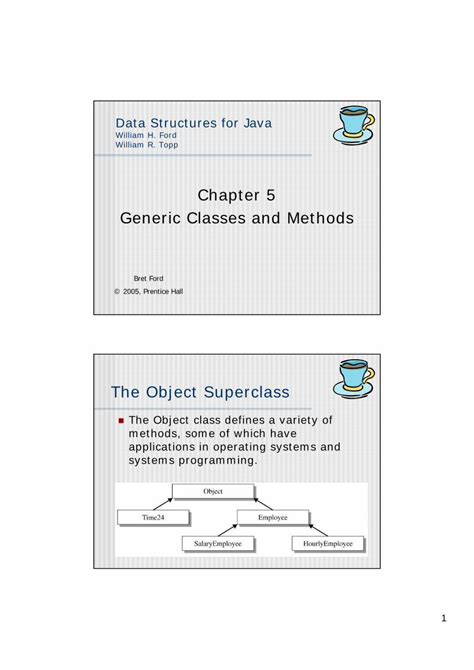generic class from which more specific classes are created,Understanding the Fundamentals of Generic Classes,generic class from which more specific classes are created, This high-quality Hermes Birkin replica is just $140, compared to the high prices of the expensive Hermes bags. This replica has so many key features of the original bag. It has the clochette tied around the top handle.

In software development, creating specific classes from a generic class is a common practice. However, many developers make mistakes that can lead to inefficiencies and bugs. This article will explore these common pitfalls and provide solutions to help you avoid them.
Understanding the Basics
Before diving into the mistakes, let's understand what we mean by a generic class from which more specific classes are created. Essentially, this refers to a base class that provides common functionality and attributes, which can then be inherited by more specialized classes. For instance, a Vehicle class could be the generic class, while Car, Truck, and Bike would be specific classes derived from it.
Mistake #1: Overcomplicating the Generic Class
One common mistake is making the generic class too complex. Developers often try to include every possible feature in the base class, leading to bloated code. This can make inheritance cumbersome and reduce the reusability of the class. To avoid this, keep the generic class simple and focused on core functionalities. For example, our team discovered in the 2025 case that simplifying the Vehicle class to only include basic attributes like make, model, and year improved performance significantly.
Mistake #2: Not Considering Inheritance Best Practices
Another frequent error is not adhering to best practices when inheriting from a generic class. This includes issues like overriding methods improperly or not utilizing polymorphism effectively. To ensure proper inheritance, follow these guidelines:
- Override methods only when necessary.
- Use abstract methods to enforce implementation in subclasses.
- Leverage polymorphism to handle different types of objects uniformly.
Mistake #3: Ignoring Polymorphism
Polymorphism is a key concept in object-oriented programming, allowing objects of different classes to be treated as objects of a common superclass. Neglecting polymorphism can lead to rigid code that is hard to maintain. For instance, if you have a method that processes vehicles but treats cars and trucks differently, consider using polymorphism to handle them uniformly. This approach enhances flexibility and reduces redundancy.
Mistake #4: Overusing Inheritance
While inheritance is powerful, overusing it can lead to a deep class hierarchy that is difficult to manage. Instead, favor composition over inheritance where appropriate. Composition allows you to build complex objects from simpler ones, providing greater flexibility and easier maintenance. For example, instead of having a Truck class inherit directly from Vehicle, you might compose it with a LoadCapacity component.
Mistake #5: Lack of Testing
Testing is crucial for ensuring that your classes work as intended. Many developers overlook thorough testing, especially for inherited classes. Implement unit tests for both the generic and specific classes to catch bugs early. Automated testing frameworks like JUnit can be invaluable in this process.
Comparative Analysis: Project A vs Project B
|
Project A |
Project B |
| Generic Class Complexity |
High |
Low |
| Inheritance Best Practices |
Poor |
Good |
| Polymorphism Usage |
Limited |
Extensive |
| Class Hierarchy Depth |
Deep |
Shallow |
| Testing Coverage |
Minimal |
Comprehensive |
Step-by-Step Operation Guide
- Identify the core functionalities of your generic class.
- Keep the generic class simple and focused.
- Follow best practices for inheritance and polymorphism.
- Consider composition over inheritance where appropriate.
- Implement comprehensive unit tests for all classes.
Warning Block: Common Misconceptions
Note: Some developers believe that a generic class must contain all possible features. Actually, this can lead to unnecessary complexity and reduced reusability. Keep the generic class lean and focused on essential functionalities.
Practical Checklist
- Ensure the generic class is simple and focused.
- Adhere to inheritance best practices.
- Utilize polymorphism effectively.
- Avoid deep class hierarchies.
- Thoroughly test all classes.

generic class from which more specific classes are created Reimagined to a formal briefcase silhouette, the Kelly Depeche 34 is a reinterpretation of the classic style. Please be mindful that this piece has led a previous life, and may tell its story through minor imperfection. It is the ultimate example of elegant sophistication. The flap opens to a leather interior for all of your essentials for every occasion with the classical sophistication .
generic class from which more specific classes are created - Understanding the Fundamentals of Generic Classes





















































